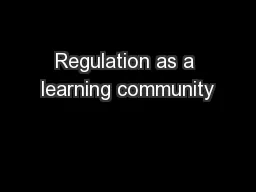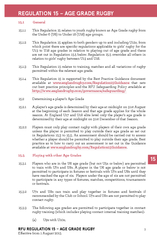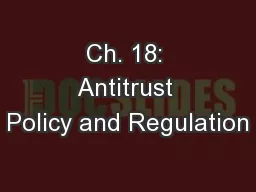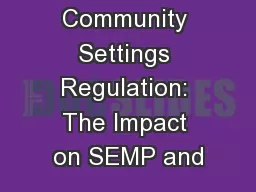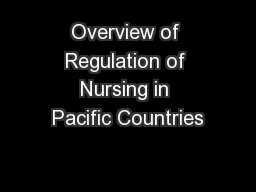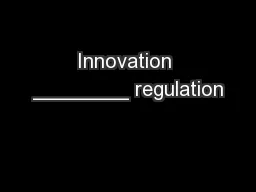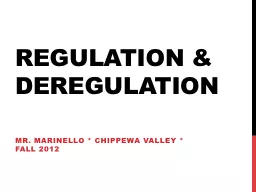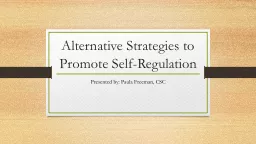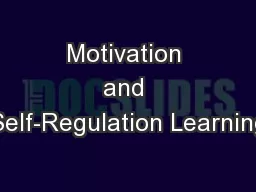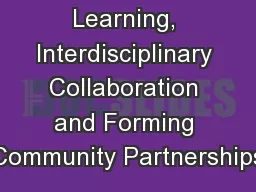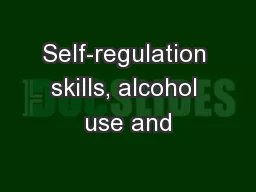PPT-Regulation as a learning community
Author : alexa-scheidler | Published Date : 2017-05-06
Tim Walker Chief Executive GOsC 19 September 2016 What is regulation A rule or directive made and maintained by an authority The control governance or management
Presentation Embed Code
Download Presentation
Download Presentation The PPT/PDF document "Regulation as a learning community" is the property of its rightful owner. Permission is granted to download and print the materials on this website for personal, non-commercial use only, and to display it on your personal computer provided you do not modify the materials and that you retain all copyright notices contained in the materials. By downloading content from our website, you accept the terms of this agreement.
Regulation as a learning community: Transcript
Download Rules Of Document
"Regulation as a learning community"The content belongs to its owner. You may download and print it for personal use, without modification, and keep all copyright notices. By downloading, you agree to these terms.
Related Documents

